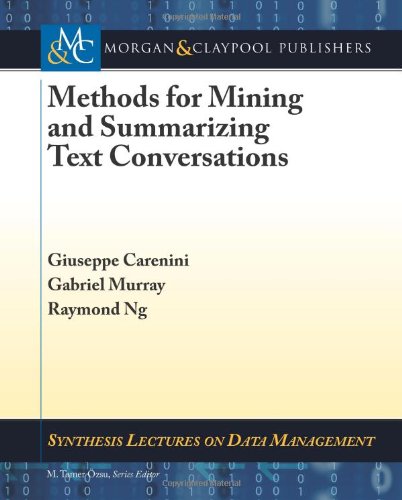

Most ebook files are in PDF format, so you can easily read them using various software such as Foxit Reader or directly on the Google Chrome browser.
Some ebook files are released by publishers in other formats such as .awz, .mobi, .epub, .fb2, etc. You may need to install specific software to read these formats on mobile/PC, such as Calibre.
Please read the tutorial at this link: https://ebookbell.com/faq
We offer FREE conversion to the popular formats you request; however, this may take some time. Therefore, right after payment, please email us, and we will try to provide the service as quickly as possible.
For some exceptional file formats or broken links (if any), please refrain from opening any disputes. Instead, email us first, and we will try to assist within a maximum of 6 hours.
EbookBell Team

4.8
14 reviewsThe book begins with an overview of basic concepts, such as the differences between extractive and abstractive summaries, and metrics for evaluating the effectiveness of summarization and various extraction tasks. It also describes some of the benchmark corpora used in the literature. The book introduces extraction and mining methods for performing subjectivity and sentiment detection, topic segmentation and modeling, and the extraction of conversational structure. It also describes frameworks for conducting dialogue act recognition, decision and action item detection, and extraction of thread structure. There is a specific focus on performing all these tasks on conversational data, such as meeting transcripts (which exemplify synchronous conversations) and emails (which exemplify asynchronous conversations). Very recent approaches to deal with blogs, discussion forums and microblogs (e.g., Twitter) are also discussed.
The second half of this book focuses on natural language summarization of conversational data. It gives an overview of several extractive and abstractive summarizers developed for emails, meetings, blogs and forums. It also describes attempts for building multi-modal summarizers. Last but not least, the book concludes with thoughts on topics for further development.
Table of Contents:
Introduction / Background: Corpora and Evaluation Methods / Mining Text Conversations / Summarizing Text Conversations / Conclusions / Final Thoughts